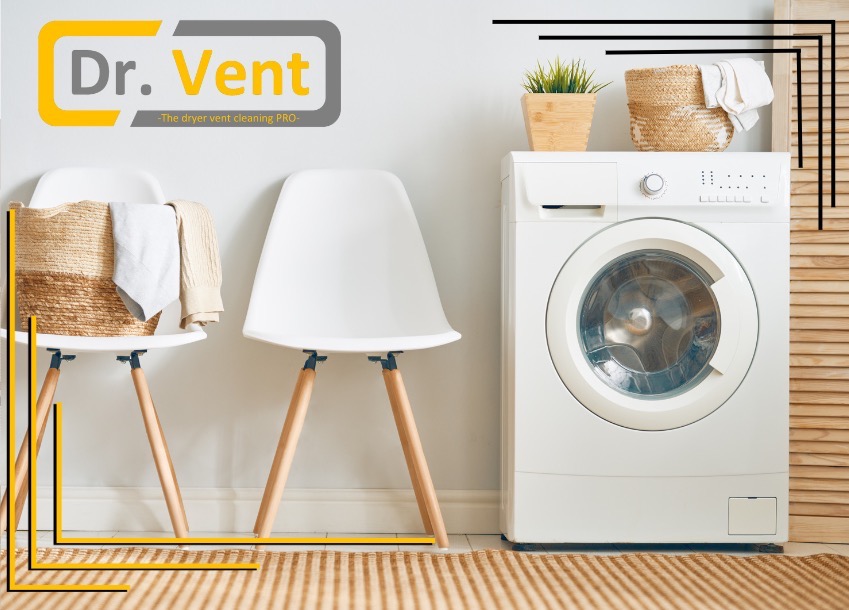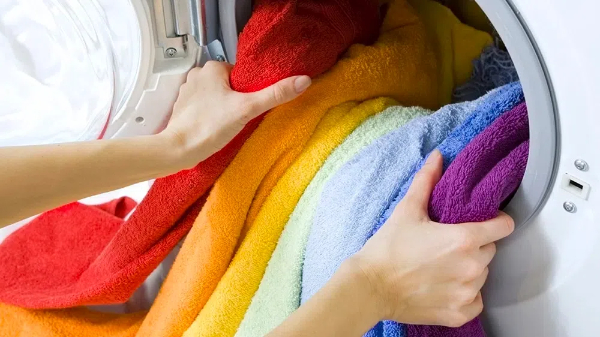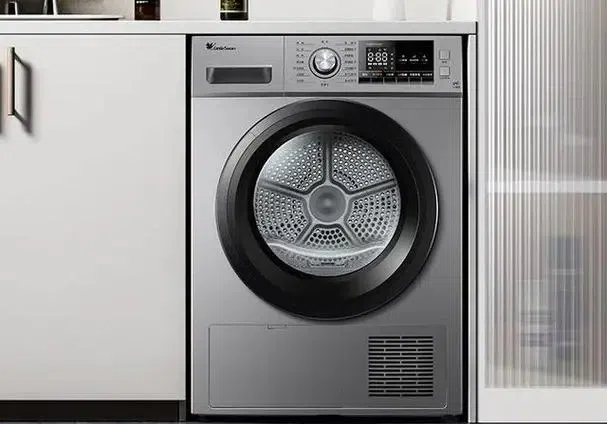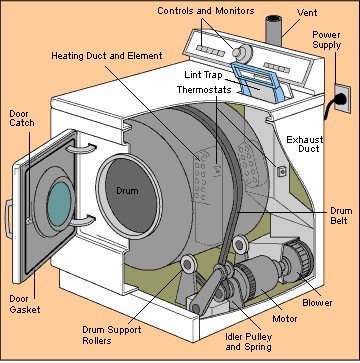
Content Menu
● Introduction
● Basic Operating Principles
● Types of Clothes Dryers
>> 1. Vented Dryers
>> 2. Condensing Dryers
>> 3. Heat Pump Dryers
● Key Components of a Clothes Dryer
>> 1. Drum
>> 2. Heating Element
>> 3. Motor and Belt
>> 4. Thermostat and Temperature Controls
>> 5. Lint Filter
● Energy Efficiency and Smart Features
● Maintenance and Care
● Environmental Impact
Frequently Asked Questions
>> Q1: How often should I clean my dryer's lint filter?
>> Q2: Why does my dryer take longer than usual to dry clothes?
>> Q3: What's the most energy-efficient type of clothes dryer?
>> Q4: How can I reduce wrinkles when using a dryer?
>> Q5: Is it normal for my dryer to make noise?
Introduction
A clothes dryer is an essential household appliance that has revolutionized the way we do laundry. Understanding how this machine works can help us use it more efficiently and maintain it properly for longer service life. This comprehensive guide will explore the inner workings of clothes dryers, their different types, and essential maintenance tips.
Basic Operating Principles
Clothes dryers operate on two fundamental principles: heat and airflow. The process begins when wet clothes are placed in the drum, which rotates to tumble the garments. As the drum spins, warm air circulates through the clothes, causing the water to evaporate. The moist air is then either vented outside or processed through a condensation system, depending on the type of dryer.

Types of Clothes Dryers
1. Vented Dryers
Vented dryers are the most common type found in homes. They work by pulling in fresh air from the surrounding area, heating it, and then forcing it through the tumbling clothes. The moisture-laden air is then expelled through a vent to the outside of the house. These dryers are typically more affordable and dry clothes quickly but require proper ventilation installation.
2. Condensing Dryers
Condensing dryers operate differently from vented models. Instead of expelling moist air outside, they use a heat exchanger to cool the warm, humid air, causing the moisture to condense into water. This water is either collected in a removable container or drained directly through a pipe. These dryers are ideal for locations where external venting isn't possible.
3. Heat Pump Dryers
Heat pump dryers represent the latest technology in clothes drying. They use a heat pump system to recycle hot air, making them highly energy efficient. While they typically take longer to dry clothes, they use significantly less energy and are gentler on fabrics. These dryers are becoming increasingly popular due to their environmental benefits and lower operating costs.

Key Components of a Clothes Dryer
1. Drum
The drum is the central component where clothes are placed. It's designed with paddles or vanes that help lift and tumble clothes as it rotates, ensuring even drying. The drum is typically made of coated steel or stainless steel for durability.
2. Heating Element
In electric dryers, the heating element is responsible for warming the air. It consists of electrical resistance coils that heat up when electricity flows through them. Gas dryers use a gas burner instead, which ignites to produce heat.
3. Motor and Belt
The motor serves two purposes: it turns the drum via a belt system and powers the blower wheel that circulates air through the dryer. The belt wraps around the drum and connects to the motor pulley, enabling the tumbling action.
4. Thermostat and Temperature Controls
These components monitor and regulate the temperature inside the dryer. Multiple thermostats and thermal fuses ensure safe operation and prevent overheating.
5. Lint Filter
The lint filter captures loose fibers and debris from clothes during the drying process. Regular cleaning of this component is essential for efficient operation and fire prevention.
Energy Efficiency and Smart Features
Modern clothes dryers come equipped with various features to improve energy efficiency and convenience. Moisture sensors detect when clothes are dry and automatically stop the cycle, preventing over-drying and saving energy. Smart dryers can be connected to mobile devices for remote monitoring and control, offering additional convenience and energy management options.
Maintenance and Care
Proper maintenance is crucial for optimal dryer performance and longevity. This includes regular cleaning of the lint filter after each use, periodic inspection and cleaning of the vent duct, and checking the drum seal and belt for wear. Proper maintenance not only ensures efficient operation but also prevents potential fire hazards.
Environmental Impact
The environmental impact of clothes dryers has become an increasingly important consideration. Heat pump dryers and energy-efficient models help reduce energy consumption and carbon footprint. Some manufacturers are also incorporating eco-friendly features such as variable speed motors and improved insulation to further reduce energy usage.

Frequently Asked Questions
Q1: How often should I clean my dryer's lint filter?
A: The lint filter should be cleaned after every drying cycle. This ensures optimal airflow, reduces drying time, and prevents potential fire hazards.
Q2: Why does my dryer take longer than usual to dry clothes?
A: Longer drying times can be caused by several factors, including a full lint filter, blocked vent duct, overloading the dryer, or malfunctioning heating elements. Regular maintenance can prevent most of these issues.
Q3: What's the most energy-efficient type of clothes dryer?
A: Heat pump dryers are currently the most energy-efficient option available. While they may cost more initially, they can significantly reduce energy consumption and operating costs over time.
Q4: How can I reduce wrinkles when using a dryer?
A: To minimize wrinkles, don't overload the dryer, use the appropriate temperature setting for your clothes, and remove items promptly when the cycle ends. Many modern dryers also have wrinkle-prevention features that periodically tumble clothes after the cycle ends.
Q5: Is it normal for my dryer to make noise?
A: While some noise is normal during operation, unusual sounds like squealing, thumping, or rattling may indicate mechanical problems. Common causes include worn belt, damaged drum rollers, or objects caught in the drum seals.












